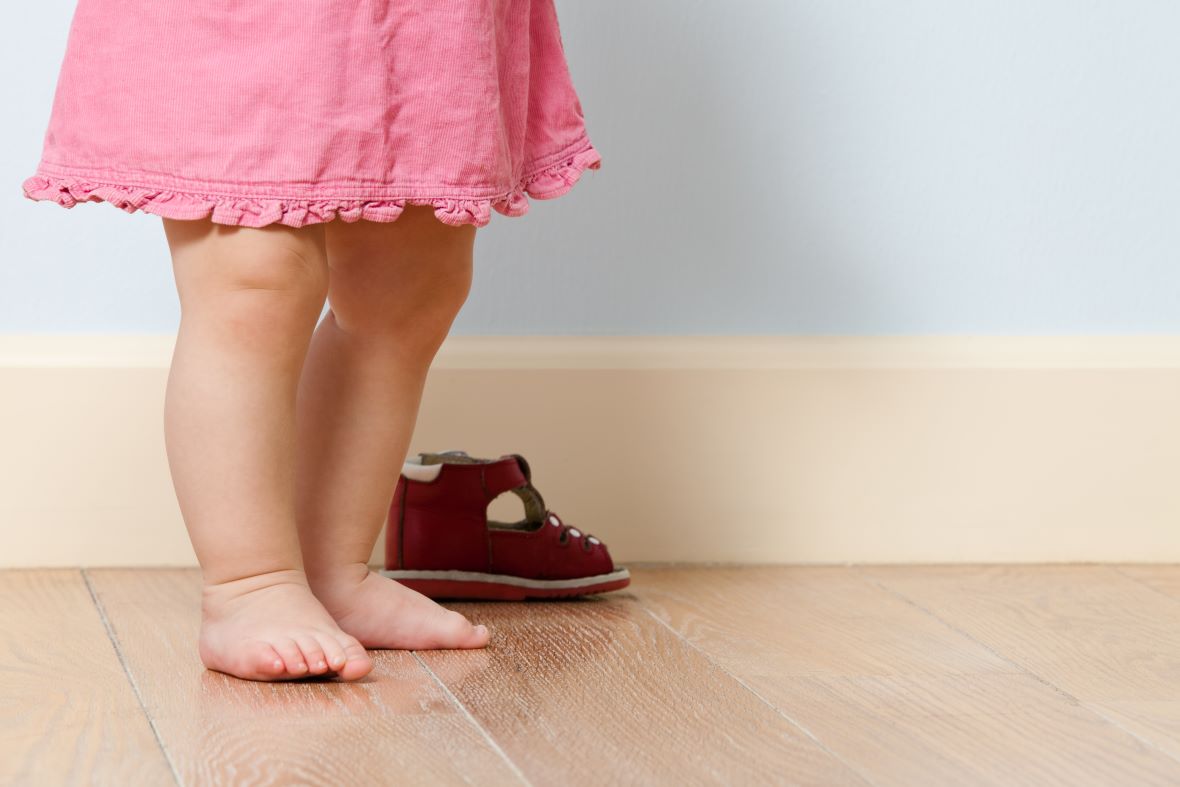Saggy boobs, abdominal muscle separation, haemorrhoids – ask anyone who had a baby how they are feeling about their postnatal body and they are sure to have a list of complaints. But has anyone ever told you about their vaginal prolapse? Highly unlikely. I work in a clinic where I see about 12 women a day and I don’t think anyone has ever told me they have a prolapse.
Yet about one-third of us will have some degree of vaginal wall prolapse after carrying a baby (regardless of how we gave birth to that baby).
What is vaginal prolapse?
Vaginal prolapse is when part of the vaginal wall bulges down. This can happen from the back wall of the vagina – from the bowel, the top part of the vagina – from the uterus, or from the front part – from the bladder.
Prolapse can happen to various degrees – so many women will have a small amount of bulging inside their vagina but they will have no awareness of it. Others will have it to a degree where they feel uncomfortable pressure down there (particularly at the end of the day) and they might even see something ‘bulging’.
Let me show you in illustrated pictures:
In the below picture – the bladder is pushing into the front of the vaginal wall

In the below picture – the bowel is pushing into the back of the vaginal wall

Some women who have pressure down below might look with a mirror and see this:

OMG! Mortifying I know – but if I knew about all of this and how common it is BEFORE I noticed my own issues, then I would have been so much less panic-stricken when it happened to me. So here I am sharing with you in the hope of reducing some of that stress for someone else.
I think I have a prolapse – what do I do?
Vaginal wall prolapse rarely needs any intervention other than pelvic floor exercises.
A women’s health physio is the best person to do a thorough assessment of your pelvic floor and give you an exercise regime to strengthen it. They might also recommend you book in with an obstetrician/gynaecologist – you can see your private obstetrician for this or if you went publicly – get your GP to give you a referral for a gynaecologist.
Your GP can prescribe you oestrogen cream while you are breastfeeding which is helpful for maintaining strength and tone in the muscles of that area. Once you have stopped breastfeeding, you won’t need this anymore.
Maintaining healthy bowel and bladder habits is often half the battle with controlling the discomfort caused by vaginal prolapse. Very occasionally women might use a special pessary ‘ring’ to hold the bulge up but this is rare in our age group.
Apparently post menopause is the time for these issues to really rear their heads. So, in the meantime;
- women’s health physio.
- Pelvic floor exercises.
- Don’t get constipated.
I hope this article helps you to ‘Stress Less’ and enjoy your baby!
Check out the postnatal health chapter of my book The Stress Less Baby Guide at www.stresslessbabyguide.com.au
You may also like to read:
When to seek help? Pre / Postnatal Depression
The early postnatal period – the Do’s and Dont’s of Exercise
What is a Doula and what are the benefits of hiring one?









